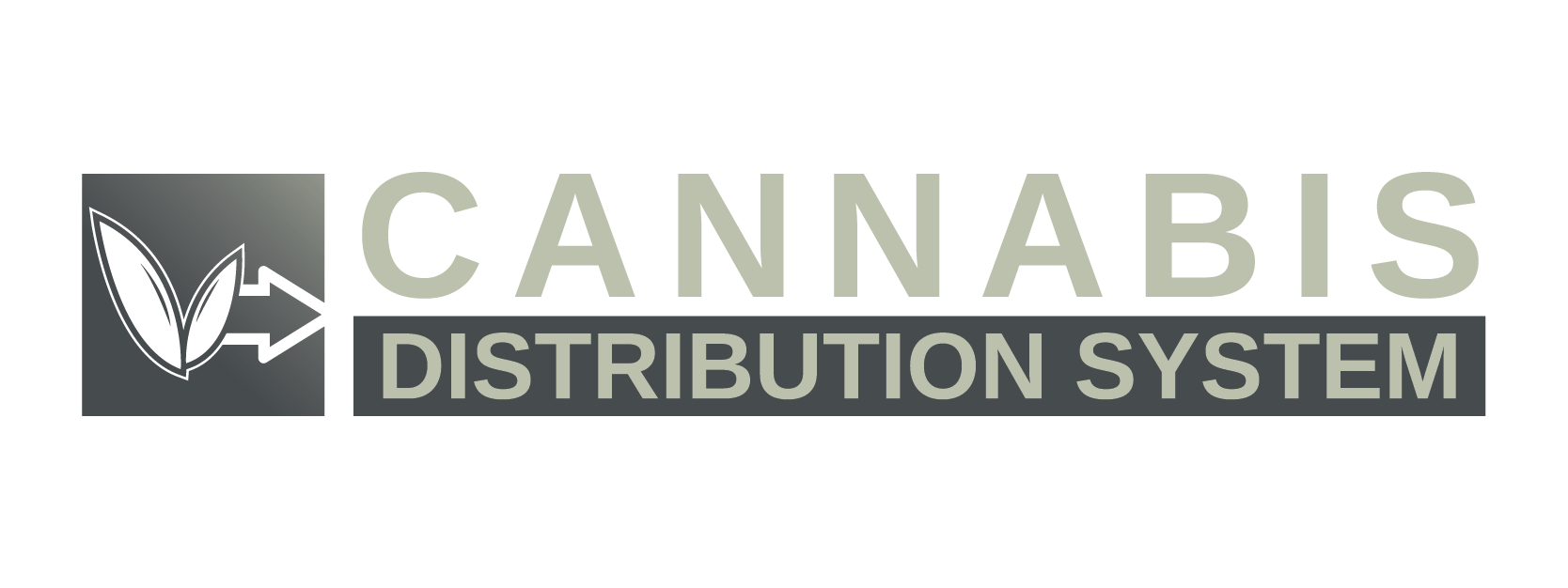In the current cannabis landscape, where regulation and data go hand-in-hand, protecting sensitive information is less about best practices and more about meeting strict compliance requirements. From patient records and seed-to-sale tracking to logistics and financial transactions, cannabis distribution systems handle a wealth of confidential data. As a security analyst in the tech space, I’ve seen firsthand how vulnerabilities in distribution platforms can lead to costly data breaches. But I’ve also observed how leading cannabis operators are getting ahead of the curve by building layered, resilient security frameworks.
Understanding the Threat Landscape
The cannabis supply chain sits at the intersection of healthcare, finance, logistics, and retail—each bringing its own cybersecurity concerns. Hackers are increasingly targeting cannabis operations, particularly distribution systems, which are rich with personally identifiable information (PII), payment data, and regulatory records. Many of these systems are cloud-based and integrate with third-party platforms such as POS software, smart lockers, and compliance tools, making them susceptible to API vulnerabilities and unsecured endpoints.
Core Security Protections in Modern Distribution Systems
Cannabis distribution companies today are deploying a range of cybersecurity measures designed to reduce their attack surface and protect against data breaches. These include:
1. End-to-End Encryption
Data is encrypted both in transit and at rest, ensuring that even if data packets are intercepted, they cannot be deciphered. Modern distribution software encrypts logistics data, customer records, and compliance logs using AES-256 or stronger protocols.
2. Role-Based Access Control (RBAC)
Restricting data access based on user roles is critical. Warehouse workers, delivery drivers, and administrative staff should only have access to the data necessary for their responsibilities. RBAC ensures internal threats are minimized and sensitive information is compartmentalized.
3. Multi-Factor Authentication (MFA)
MFA adds another layer of protection by requiring users to verify their identity through secondary means such as biometrics or one-time passwords. This significantly reduces the risk of unauthorized access due to stolen or weak credentials.
4. Secure API Integrations
Third-party integrations are often exploited to breach systems. Cannabis distribution software vendors now implement secure API gateways, use token-based authentication, and routinely audit API endpoints for vulnerabilities.
5. Real-Time Monitoring and Anomaly Detection
AI-driven tools are increasingly being used to monitor distribution networks in real time. These systems can detect unusual patterns—such as sudden access to a bulk of customer records or unexpected data transfers—and alert administrators before a full-blown breach occurs.
6. Data Redundancy and Secure Backups
Having multiple secure backups stored in different geographic locations ensures data integrity and rapid recovery in the event of a ransomware attack or system compromise.
Compliance as a Security Driver
In states like Florida, California, and Massachusetts, strict cannabis compliance regulations require operators to secure customer data and maintain detailed audit trails. Distribution systems often include automated compliance logging, which not only satisfies regulators but also serves as a forensic tool in the event of a breach. Compliance pressure has become a catalyst for better cybersecurity hygiene.
A Culture of Continuous Vigilance
While the technology is important, a cybersecurity program is only as strong as the people behind it. Training staff on phishing awareness, implementing regular penetration testing, and staying informed of emerging threats are all part of maintaining a resilient distribution system.
Final Thoughts
Cannabis distribution is a high-value target for cybercriminals, but the industry is rising to meet the challenge. By integrating encryption, access controls, anomaly detection, and secure architecture, cannabis tech platforms are not only protecting their data—they’re building trust with regulators, partners, and consumers alike. In a competitive and tightly watched market, security isn’t just a feature. It’s a differentiator.

